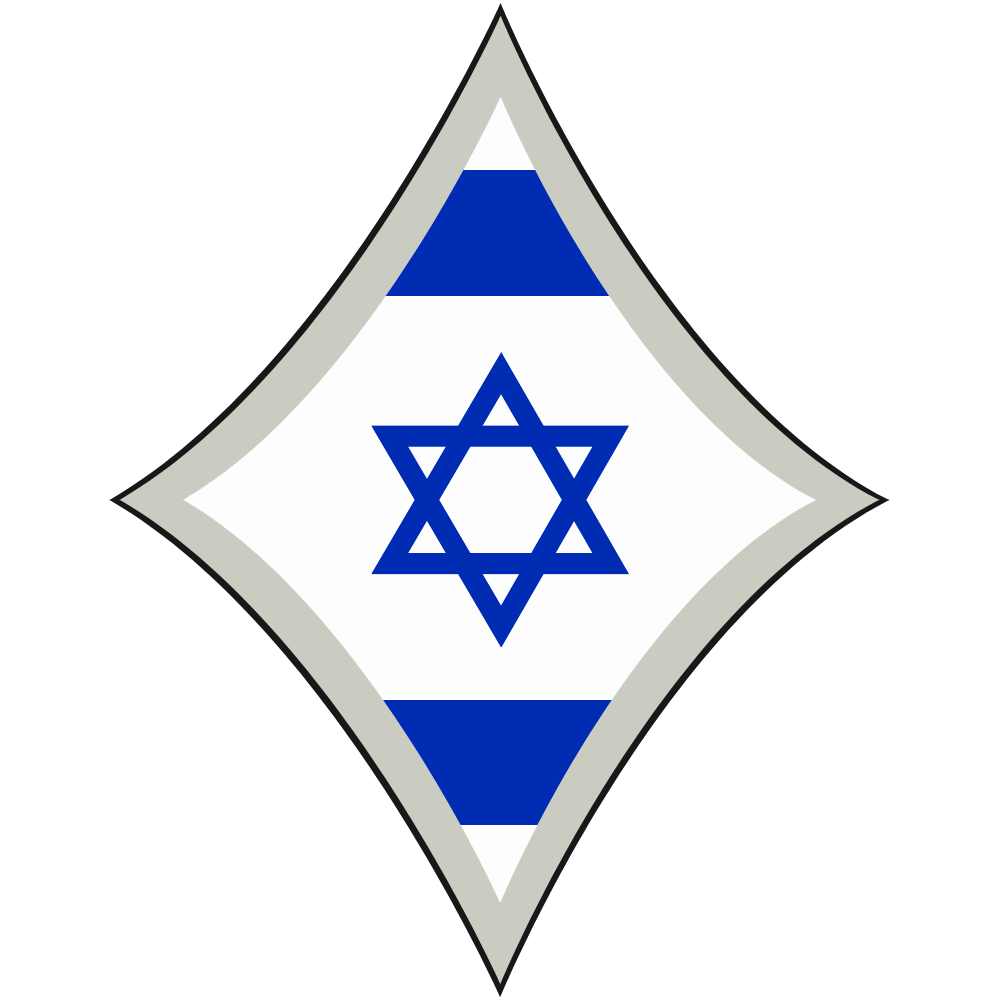This article was edited by War Tinder
- From France to Israel
- Operation Danny
- The Battle of Iraq al-Manshiyya
- SA38 armed armored cars
- The explosive oddity
- Deception tanks
- Markings
- The survivor
- Myths
- Sources
The following article is the product of nearly half a year of acquiring new books and resources, reading, independent research, and writing. Please, if you intend to use this article as a source for any kind of project, credit this website somewhere. Thank you.
In the article, I refer to the tanks as H39s. Yes, I am aware this technically isn’t a fully accurate name, however in Israel, they were usually referred to as Hotchkiss tanks or Hotchkiss 39 tanks, and on occasion, H39, therefore, it seems to my eyes acceptable for simplicity reasons to refer to them as H39s in this article.
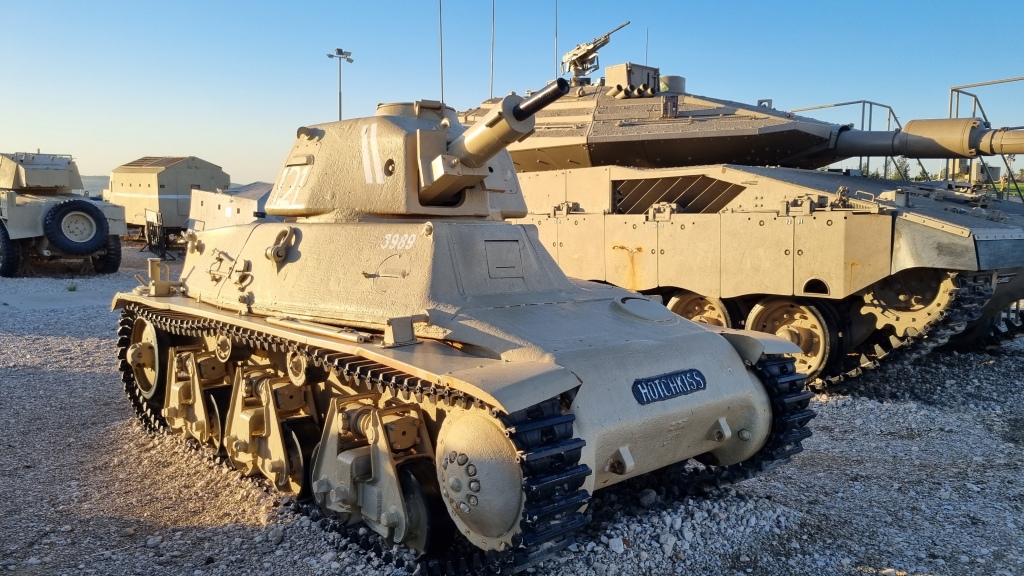
The Israeli H39s are some of the most well-known tanks of the 1948 Arab-Israeli War. However, their coverage in both English and Hebrew sources is subpar, especially in English, due to the language barrier. I intend to shed some new light on these tanks’ usage within the IDF in this article, for any questions feel free to contact me at Shiryonarchive@gmail.com.
From France to Israel
On the 26th of March 1948, over a month before Israel gained independence, the Haganah, the main Jewish militia of the time, signed a deal with France that would include ten H39 tanks and the following equipment:
| Main gun ammunition | Machine gun ammunition | Price | |
| Per tank | 2,000 | 15,000 | 41,000$ |
| Total | 20,000 | 150,000 | 410,000$ |
The delivery of the tanks to Israel was seen as low priority compared to other equipment deemed much more necessary for the defense against the oncoming Arab invasion and thus was delayed, the issue of the tanks delivery only received attention once talks about a temporary ceasefire started in June 1948. Yehuda Arezi, an officer in the IDF responsible for many weapon deals in Europe and put large emphasis on tank acquisition, worried that the ceasefire rules may restrict the arrival of the tanks, and recommended that the ceasefire should be postponed until the tanks arrival, however this recommendation was likely never even discussed. Additionally, on the 11th of June 1948 (the very first day of the ceasefire) the ship Borea-2 was already on its way to Israel from Marseille port in France with the tanks on it. Shaul Meirov, another officer responsible for weapon acquisition, who was not fully aware of the ceasefire’s rules, offered that the tanks could wait in Yugoslavia until the rules of the ceasefire would be cleared up, however, leadership decided that the ship would sail to Israel with no unneeded stops, as the tanks were very much needed for the fighting happening in Israel. On the 15th of June 1948, the Borea-2 arrived in Israel and went to the Tel-Aviv port, as the Haifa port was still used by the withdrawing British forces, in which unloading of heavy weaponry, even in hiding, was impossible.
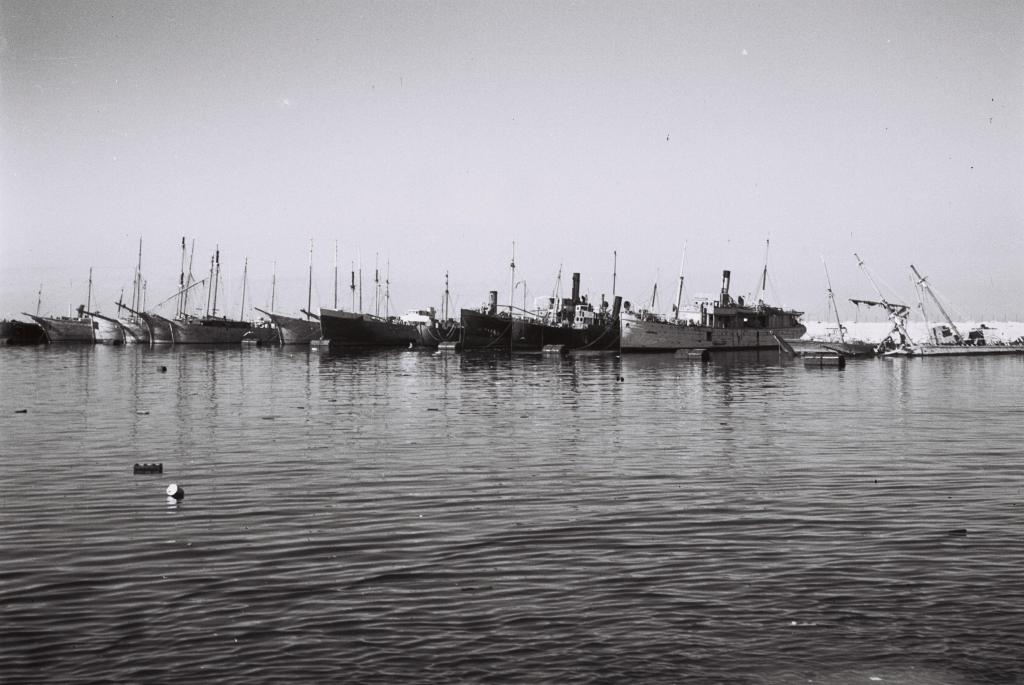
Furthermore, a fear arose that the UN watchers might have known about the contents of the ship because the loading of the ship was publicized by a communist newspaper in Marseille, France, where the ship sailed from. Several difficulties were presented to the Israelis when unloading the tanks. First, the lack of a crane with adequate lifting power for the tanks in Tel Aviv port, second, the need to hide the arrival of the Borea-2 ship, and third, the danger that the unloading process will be spotted by UN peacekeepers, who regularly visited the Tel Aviv port, which was completely visible from the windows of the hotels they resided in. Borea-2 entered the port at night and anchored in the place of another ship, which was moved somewhere else in secrecy. The documents and name of the Borea-2 were changed to match those of the ship that moved. Even before the tanks were loaded onto the ship, the operation supervisors tried to solve the crane issue by moving the tanks onto a ship with an adequate crane. However, it was realized that such a thing was impossible, and they agreed to ship the tanks on the Borea-2 whose cranes only had the lifting power of five tons, so the delivery of the tanks wouldn’t be delayed. As an immediate solution to the lack of an adequate crane, it was planned to tow in the sea a floating crane, from Haifa port to Tel Aviv. However a storm hit the crane on its way, and its top part broke, making it necessary to return it to Haifa. A foreign ship was found with adequate cranes, and the ship’s captain and crane operator agreed to help them through the use of bribes. During the night the tanks were unloaded from the ship, loaded onto barges, and moved to the beach.
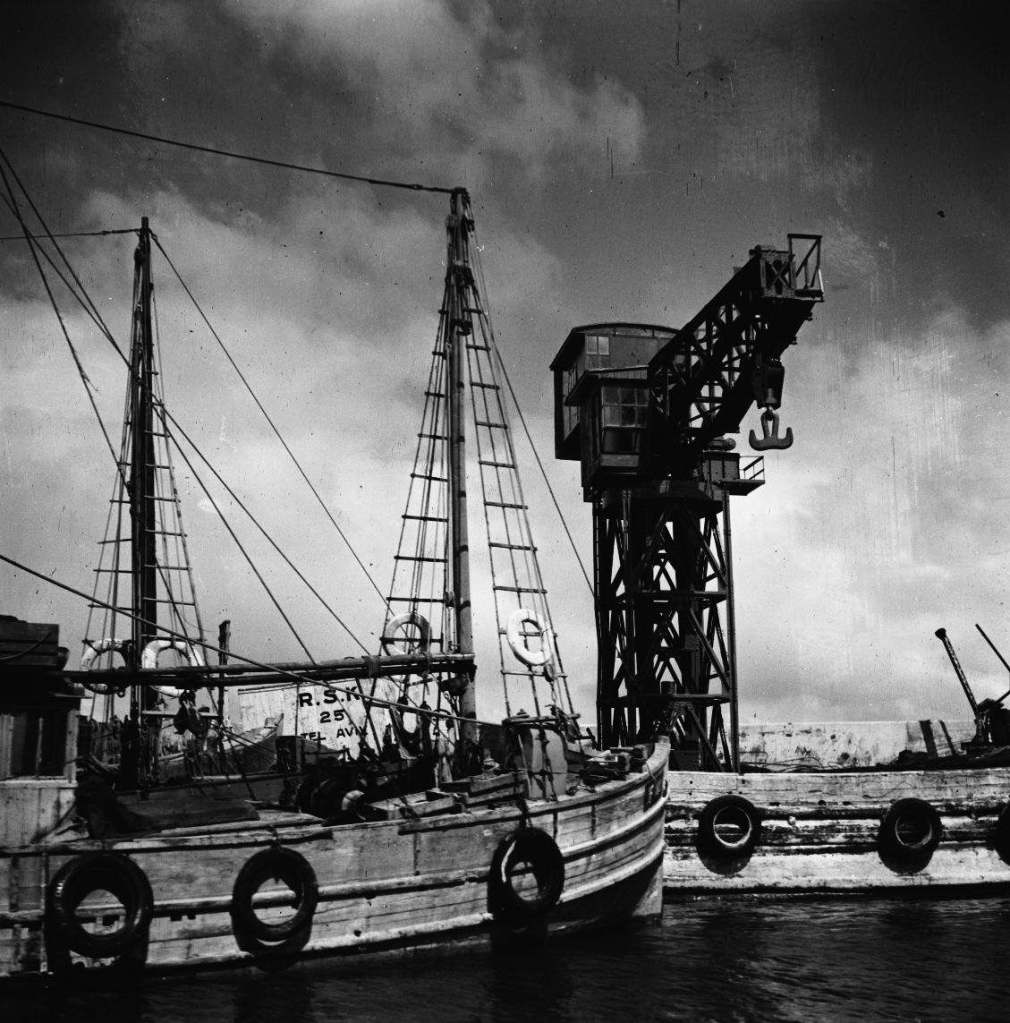
The whole operation was hidden with a distraction. From another ship, cars were unloaded, the UN inspectors who found out about the cars were stuck with them for a while, and right after the cars were unloaded, the tanks were unloaded, as the UN watchers were occupied with the previous shipment.
When the tanks arrived and were checked by men of the armament corps, it was found that the engine compartment and some engine parts themselves were rusty and suffered from low compression issues and the engine oil was mixed with water, not to mention the fact that the entire cooling system of the engine was not well suited for the hot Middle Eastern environment the tanks were now expected to fight in. While checking the cannons, they were found to be in working order, however, it turned out they only came with high explosive (HE) ammunition, something that could have been prevented if the Haganah’s officers had been more deliberate with the tank’s acquisition. To fix this issue, Brigade 8 ordered that 75% of the rounds assigned for the upcoming Operation Danny (4,000 rounds) had to be converted to AP, which meant that somehow these 3,000 rounds would now be AP instead of HE. While 3,000 rounds would never be converted, 400 were by replacing the HE shells with American AP rounds. Sadly the exact type of American 37 mm AP rounds used for this conversion is not specified, and as historian Amiad Brezner noted, the armor-piercing capability of these shells was never tested. It is hinted by some sources that these new rounds had some light reliability issues, but because throughout the entire war Israel never managed to acquire proper French AP ammunition for the cannons. These makeshift rounds were used until the very last days of the war.
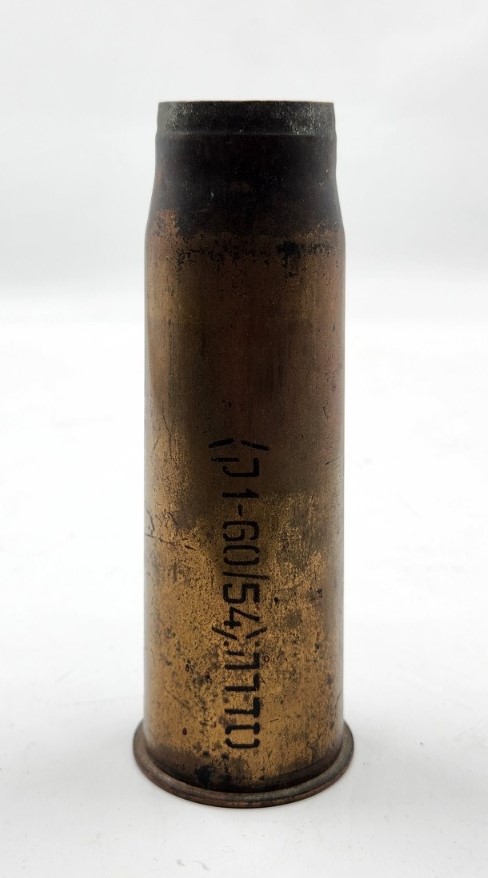
Additionally, as the Israelis were disappointed with the lack of a radio in the tanks, a wireless set No. 19 radio, which was referred to as M.K 19 (Machshir Kesher), was installed within the tanks, tank number 600, the company leader tank, received a different radio, most likely the SCR-300 which was referred to as M.K 20. When the tanks arrived, the IDF, which hadn’t yet fully prepared for their arrival, scrambled to find men who could crew the tanks, and very quickly Company Vav of Battalion 82 was formed. Made of Polish-speaking soldiers, the company was often referred to as the Slavic company, the battalion itself was commanded by Felix Beatus, who was a tanker in the Polish army during World War Two.
Repairing the tanks was a huge issue not only due to the lack of spare parts, but also due to the lack of knowledge among the mechanics, who usually knew more about American or British tanks. Due to this, it seems that only eight of the ten H39s were ever brought up to working order, ranging in IDF number from 3989 to 3996, with 3997 and 3998 never being seen but assumed to be the IDF numbers, thanks to the fact that all the H39s which have been seen and confirmed follow a normal count, 3989, 3990, 3991 and so on, with only two missing, and because the M4A2 Sherman ‘Meir’ had the IDF number 3999. I assume the two missing tanks received the IDF numbers 3997 and 3998.
Operation Danny
Operation Danny was set to begin on July 10, 1948. Two days earlier, Battalion 82’s functional armor was made of five H39 tanks, one Cromwell Mk. III tank, a Cromwell Mk. IV tank, an M4A2 Sherman re-armed with a 20 mm HS.404 autocannon named “Meir”, and 26 lighter armored vehicles, mostly half-tracks and armored cars. Additionally there was one R35 tank which had been captured from the Syrians in Degania Alef which was used in a very limited manner during the operation.
| Tactical number | IDF number | Type of tank |
| 121 | 3989 | French |
| 112 | 3990 | Ex-German |
| 132 | 3992 | French |
| 111 | 3994 | Ex-German |
| 122* | 3995 | Ex-German |
| 131 | 3996 | Ex-German |
*122 is a speculated number not seen in photographs
On the 10th of July, 1948 at sunrise, Operation Danny began. Right after leaving the staging area while moving towards the Lydda airport, the H39s made a navigational error and had to call for a Jeep to come and redirect them. This delayed the attack, but once they arrived, the enemy resistance was fairly low and the airport was captured easily. However during the attack, one Cromwell tank got stuck in barbed wire, while the other had damaged its roadwheel, and both Cromwells lacked ammunition and had to wait for more to arrive. The H39s also needed some light repairs, Furthermore, Battalion 82’s command had a hard time controlling all of its forces.
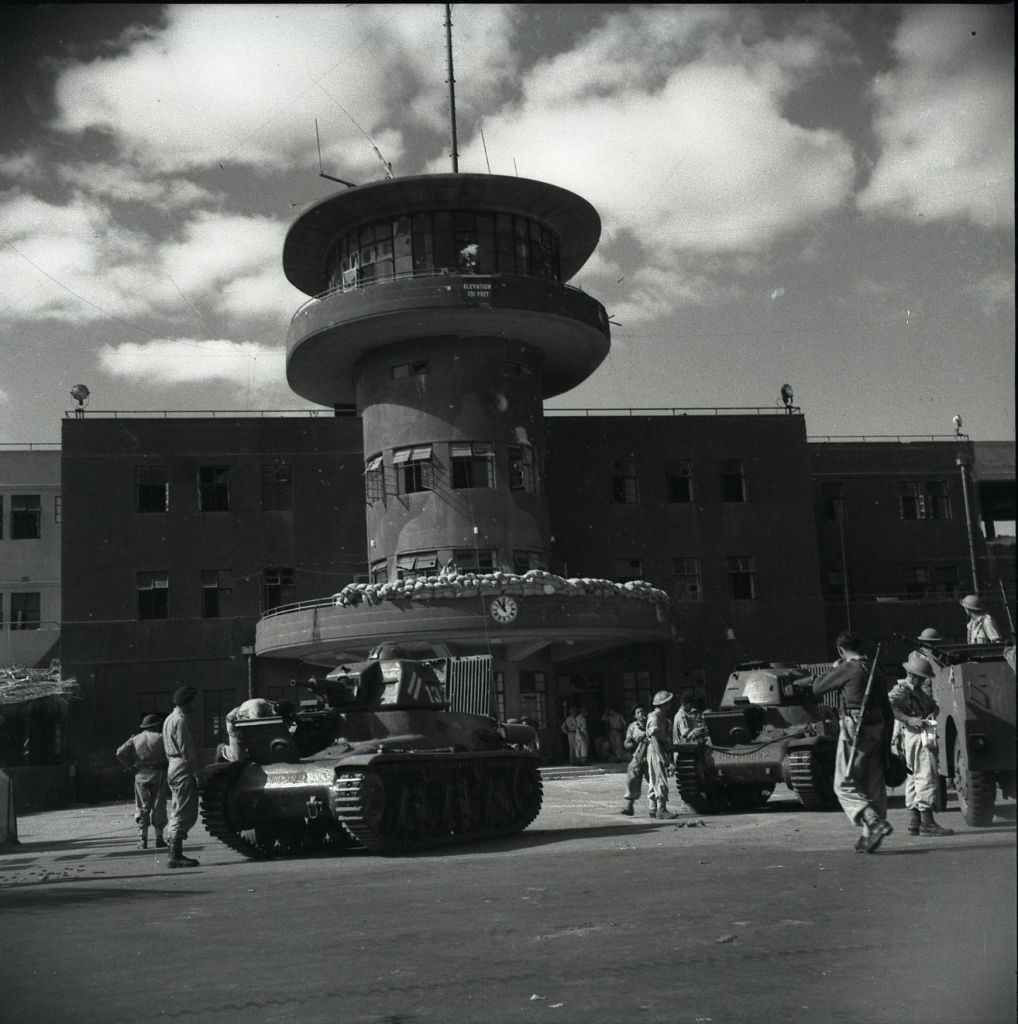
Only four hours after the airport was captured, at 14:45, Battalion 82 finally moved on towards Dir Trif and Beit Nabala, which were villages located east of the airport that contained larger amounts of enemy forces, specifically in Beit Naballah where there were enemy cannons and armored cars. The Arab forces at Beit Nabala, which were, at one point, misidentified by the Israeli infantry as Sherman tanks, even though the Arabs didn’t operate a single Sherman tank during the entire war. At 16:15, Battalion 82 entered Dir Trif, except for the mechanized infantry company of the battalion, which continued to Beit Naballah which was further east. While they did meet heavy resistance at Dir Trif from an Arab legion battalion that came from Beit Nabala, the village was conquered. Eventually, two H39 tanks opened fire on cannons in Beit Naballah which were aiming at Dir Trif. The company commander of the H39s was later wounded in combat, which forced a retreat from Dir Trif. He subsequently died of his wounds, and the only territorial gains near Dir Trif were several small positions south of it.
The following day, only one H39 tank, which just came from the workshops, was operational, as the original five tanks that served during the first day all needed repairs. On the 12th of July, the fighting in Dir Trif and Beit Naballah was renewed, with an infantry company, two Cromwells, and two H39s. By the end of the day, out of the six total H39s, only 3 were found to be in working order, though they didn’t see combat until the 16th of July when two were sent to help in defense against an attacking Arab Legion force, which continued until the end of the operation.
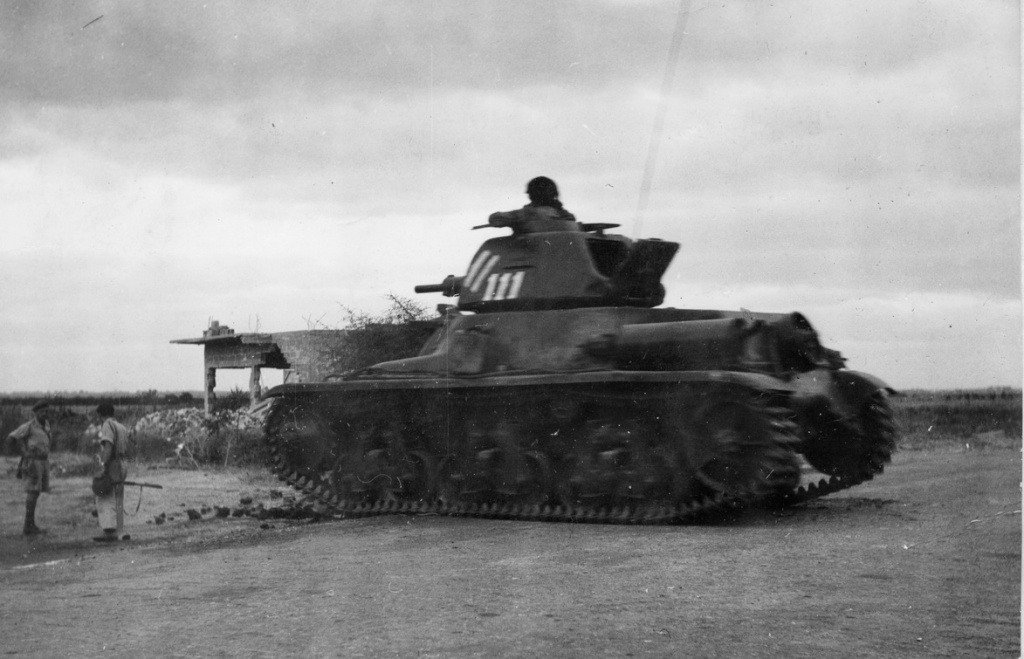
After the first day, there wasn’t a single point in which there were more than three H39s in working order at any given time out of the six total tanks which left the workshops. In the after-action report made by Brigade 8, they noted that H39 breakdowns were prevalent and that roughly 80% of all H39s used needed elementary repairs. I am uncertain when, but at some point the tanks were repainted and the tactical numbers were changed, from starting with 1 to 6. While the Battalion 82 tactical number system says that the first digit indicates company, the H39s were painted with the starting digit being 1. However, they are always referred to as being under the control of company Vav, which should’ve received a number starting with 6 from the very first day of the operation.
| Tactical number | IDF number | Type of tank |
| 631 | 3989 | French |
| 611 | 3990 | Ex-German |
| 600 | 3991 | Ex-German |
| 612 | 3992 | French |
| 613 | 3993 | French |
| 621 | 3994 | Ex-German |
| 623 | 3995 | Ex-German |
| 622 | 3996 | Ex-German |
It was very clear by the end of the operation that the H39s broke down frequently and lacked firepower or speed to make up for the mediocre armor.
The Battle of Iraq al-Manshiyya
Iraq al-Manshiyya was an Arab village located in the eastern part of what is today Kiryat Gat. During the 1948 Arab-Israeli War, it was a part of the Fallujah pocket, a pocket of Egyptian and Sudanese soldiers who were a huge headache for the Israeli leadership. On the 16th of October 1948, Israel had decided to attack Iraq al-Manshiyya. Right before the battle, it was found that Battalion 7, the infantry battalion assigned to fight with the armored force of Battalion 82, was not trained in combined arms warfare, and was given a crash course in it. Additionally, in fear of tanks breaking down, during the last time the soldiers trained before entering the village, the tanks weren’t used and instead, the soldiers were trained with armored cars alongside them.
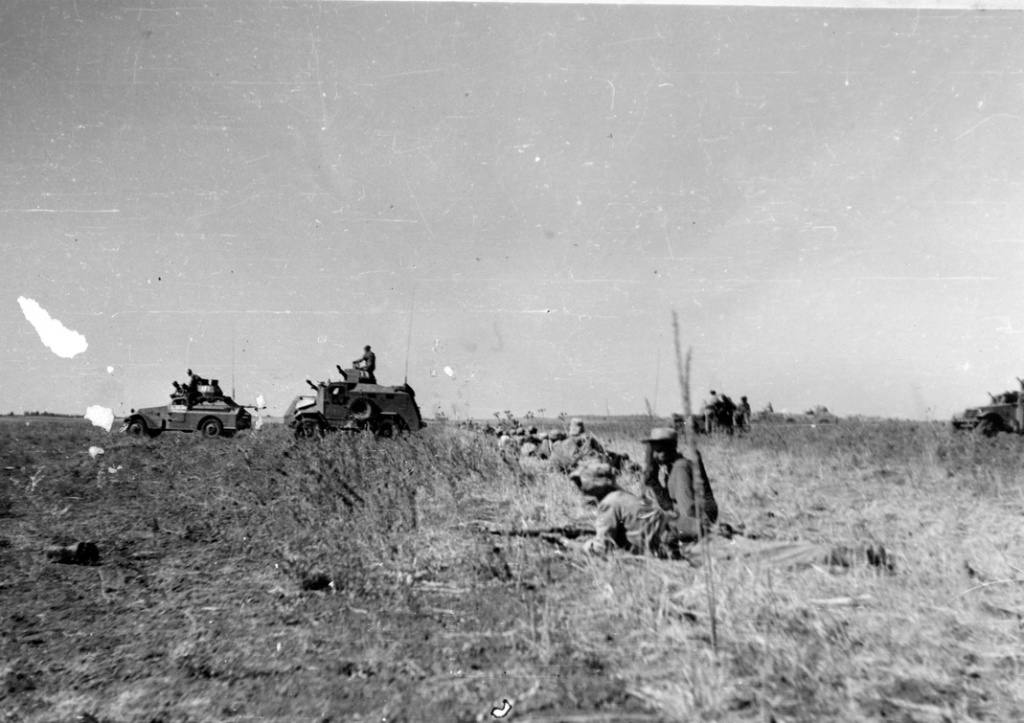
During the battle, the two Cromwells of Company Bet and seven H39s of Company Vav of Battalion 82 of Brigade 8, moved along with Battalion 7 of Brigade 12, during the battle one H39 tank (number 611) was completely knocked out by enemy fire, as its commander later recounted
“I drove 50 meters while surrounded by the stunning noise of whistling AT shells. And then my tank gets hit directly in the engine. Within seconds the machine is disabled and I am a stationery and noticeable target, 50 meters away from [enemy] positions”
-Yehoshua ‘Shayke’ Avni, commander of H39 ‘611’ during the Battle of Iraq al-Manshiyya
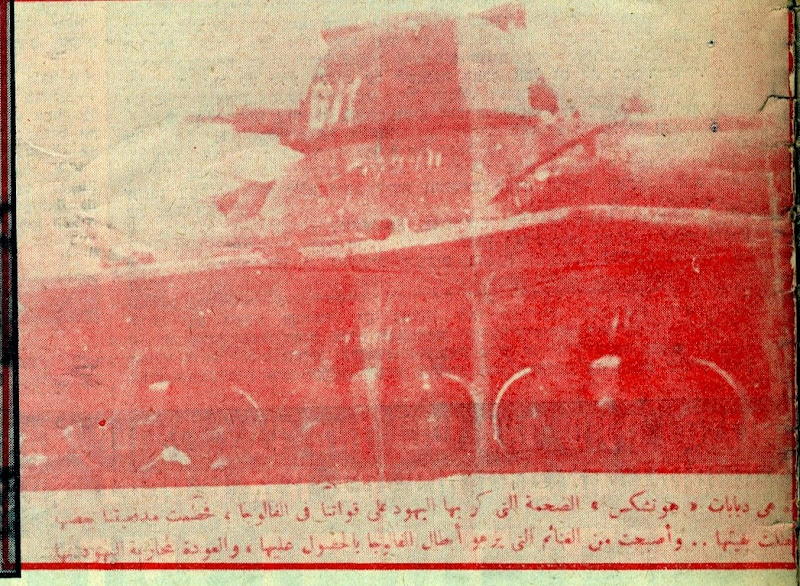
Other H39 tanks fell into anti-tank ditches or suffered mechanical failure, the two Cromwells didn’t do much better, as the cannon of Cromwell Mk. IV ‘Miriam’ was disabled due to ammunition failure (a makeshift HE shell exploded inside the barrel) and shrapnel from an enemy shell hit the driver (Mike Flanagan), though he survived, and the other (a Mk. III named ‘Root’) suffered a transmission failure and had to be towed back by the other Cromwell while retreating. Mike Flanagan noted, “Less than a mile to the rear, the second Cromwell remained crippled, and slightly further back, a Hotchkiss rested on its side in an anti-tank ditch.”

Four H39 tanks were left behind in the field to be captured by the Egyptians (they were later returned to Israeli hands once Fallujah pocket was cleared out). The other tanks that managed to retreat were all in a damaged or otherwise unserviceable condition. After the failed battle, Battalion 82 was left with no operational tanks, furthermore, due to the poor performance of H39 tanks during the battle, in combination with their bad mechanical condition even before the battle, it was decided the H39s would be pulled from service. Keep in mind that this is just four months after they arrived. The Cromwells, which were also effectively non-functional, were repaired and continued to serve until the end of the war. After the battle, Yitzchak Sade, commander of Brigade 8, claimed full responsibility for the failure, and said, “The plan was flawed.” It was perhaps the largest failure of the Israeli armored corps during the war.
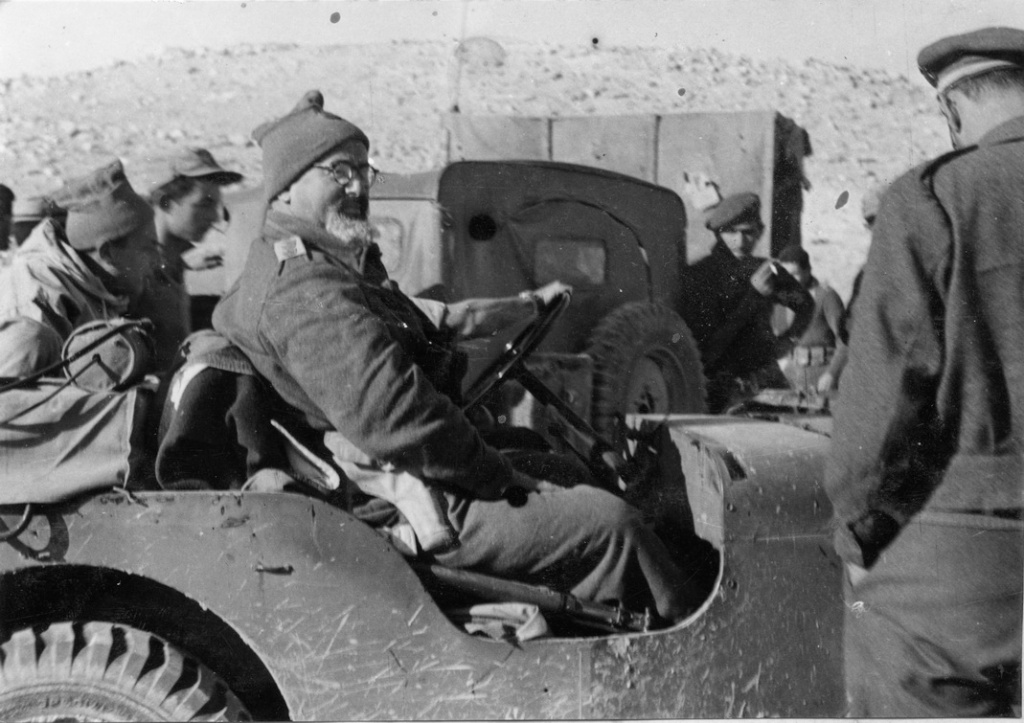
The French did try to fix the engine issues by sending ten replacement engines, but by the time they arrived in December, the H39s were no longer in service.
SA38-armed armored cars
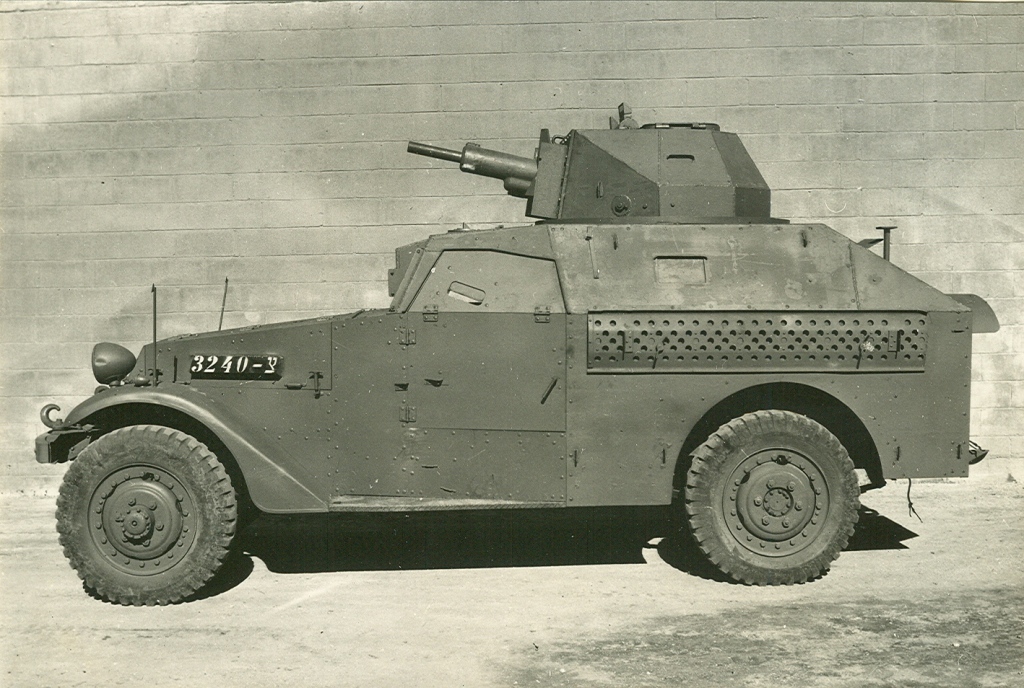
After the H39s were pulled from frontline service, it was decided that the cannons of the tanks would be installed on armored cars. The first was installed on a Marmon-Herrington Mk. IVF. At first this conversion specifically may seem stupid, as the original cannon of such armored cars was the much superior 2-pounder cannon. However, these armored cars were captured and often in damaged conditions, meaning that on some captured vehicles, the cannon was irreparable and needed to be replaced. The SA38 cannons were a suitable replacement. Additionally, even though the armored cars were inferior armor-wise to the H39s, the fact that replacement parts were much more available and that in general, they were more mobile and more reliable meant that they were much preferable platforms than the H39s.
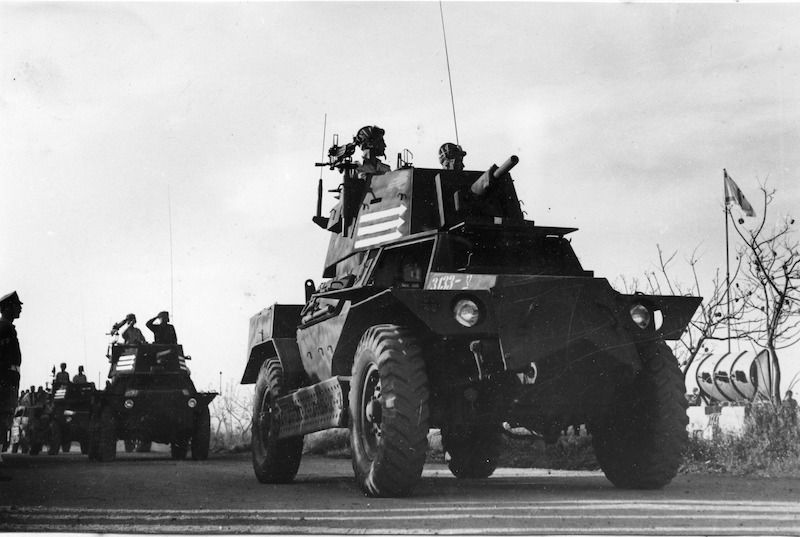
In total, five SA38-armed armored cars were made. Two were converted from Marmon-Herrington Mk. IVFs and three from M3A1 ‘White’ scout cars. These armored cars were the backbone of the IDF’s armored car force of the time, and were used extensively by multiple units. These SA38 armed versions were most likely used by Battalion 89 from Operation Yoav onward. The following chart shows the IDF numbers of the converted armored cars. Note that the IDF numbers were assigned before their conversions and the order of the chart does not correlate with the time of conversion of each vehicle.
| Vehicle type | IDF number |
|---|---|
| Marmon-Herrington Mk. IVF | 3133 |
| M3A1 ‘White’ scout car | 3240 |
| M3A1 ‘White’ scout car | 3251 |
| M3A1 ‘White’ scout car | 3252 |
| Marmon-Herrington Mk. IVF | 11231 |
The explosive oddity
The Iraq-Suwaidan police station was a fort built by the British that was taken over by Egyptian forces during the early stages of the 1948 Arab-Israeli War. There were seven failed attempts made by Israel to conquer the strategic fortress. However, the thick walls meant that to make an entrance for the soldiers a large amount of explosives would need to be placed near the walls. The issue was that getting so close to the fortress without getting shot was incredibly difficult, so in preparation for the 8th Battle of Iraq-Suwaidan, the men of Brigade 8’s workshop were assigned a peculiar task: to build an unmanned armored vehicle filled with explosives, that could get near the walls of the fortress and blow up a hole to allow for entry. For this task an H39 tank was chosen, fitted with an electromagnetic steering device and filled to the brim with explosives. The tank was completed multiple days before the battle which took place on the 9th of November 1948 By this point H39s had been pulled from frontline service. Despite all this effort, during the battle, foot soldiers managed to get close enough to the fortress anyway and laid down explosives themselves. Thus, the exploding tank was not used.
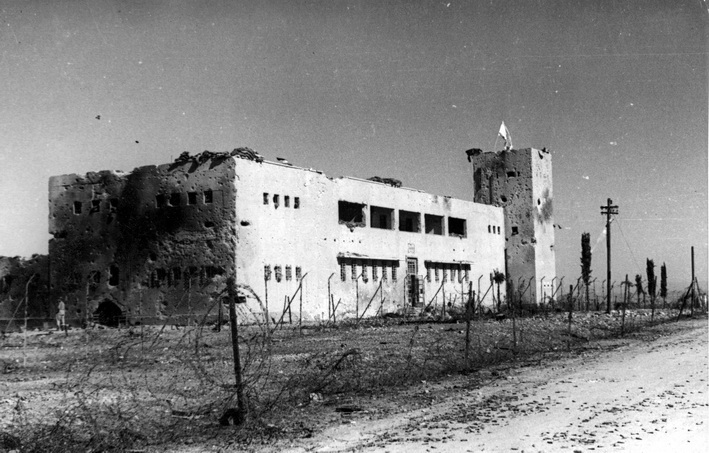
Deception tanks
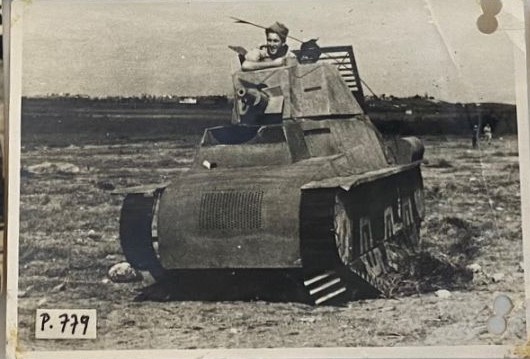
During the war, there was an entire unit made of cardboard decoys, such as cardboard jeeps, cannons, and even cardboard H39s, built upon jeeps so they could move on their own. While it is unknown exactly how many of these fake H39s were built, two can be seen in photographs bearing the tactical numbers 921 and 922. The unit operated on the southern border under the command of Brigade 8 with the intent of confusing Egyptian intelligence during operations Yoav and Horev, even though by the time of Operation Horev the H39s were out of service.
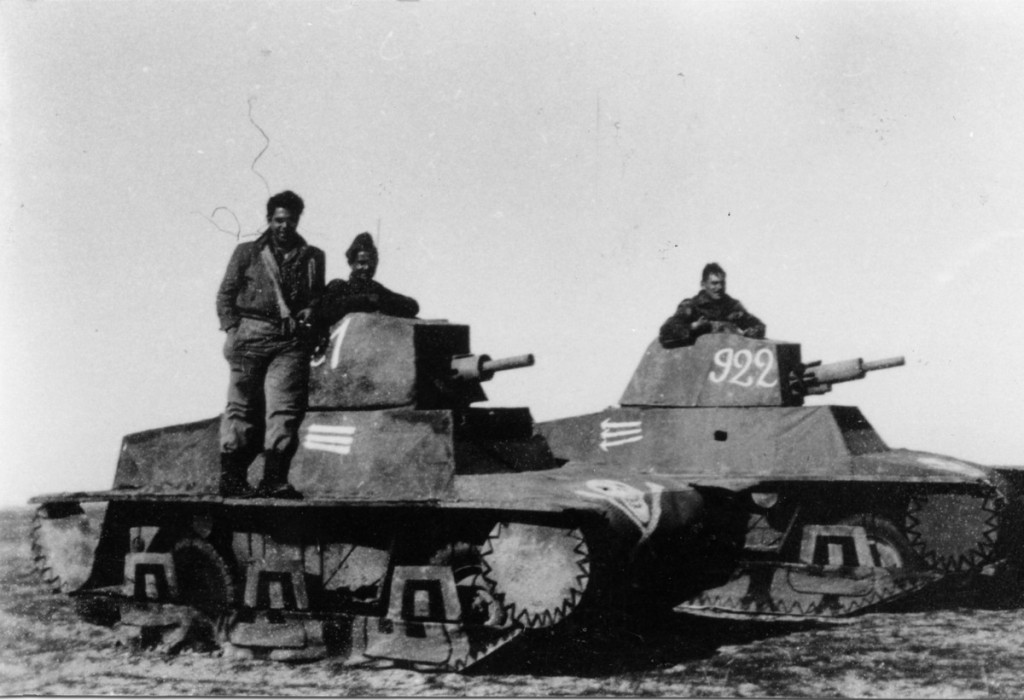
While it is unknown how well the unit fulfilled its role, what is known is that even though the IDF disbanded the unit, the idea of fake tanks being used to disrupt enemy intelligence did not stop with the end of the war, as right after it, the same person who commanded the unit in 1948, Shlomo Zeidman, essentially revived the unit. While he was a logistics officer in the armored Corps HQ, he ordered multiple tests in which a fake Sherman tank was built. The final design, propelled by a Dodge G-502 WC which would enter from the rear of the vehicle, was armed with two machine guns facing forward in the turret, and would be modeled after Sherman models previously in service with the IDF, with the turret being based on that of the Mania Sherman, distinctly without a pistol port, and the hull based on the then standard, M4 (105) hull.
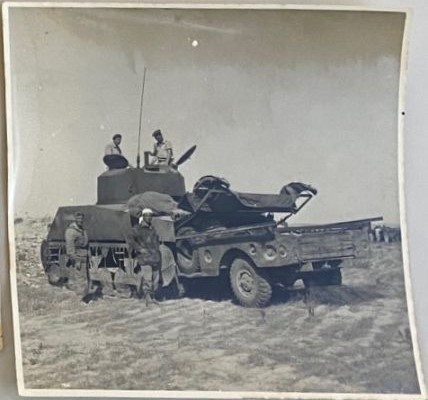
Nearing the end of 1950, with the presence of many high command IDF officers, a test was conducted in which two real Shermans and a single fake Sherman drove around and fired their guns, with officers standing near being tasked to pick out the imposter, by the end of the test the fake tank could not be identified by the officers, and so the test was considered a success. On the 6th of February, 1951, the formation of fake tank unit 193 was ordered. It was to be commanded directly by armored Corps HQ and Shlomo Zeidman was chosen to be its commander. The entire unit’s structure was made to replicate that of a tank battalion. At first it only had 22 fake tanks, but it was planned to eventually have the unit operate 50 fake tanks. However, due to budget issues, this was never achieved, and the unit was made up of 161 volunteer reservists, Training Base 5, and included training on machine guns and radio equipment, which indicates that the fake tanks were also equipped with radios. The unit was used for OPFOR training for years, however it seems it was disbanded before Operation Kadesh in 1956, and likely never saw any actual use against Egyptian intelligence.
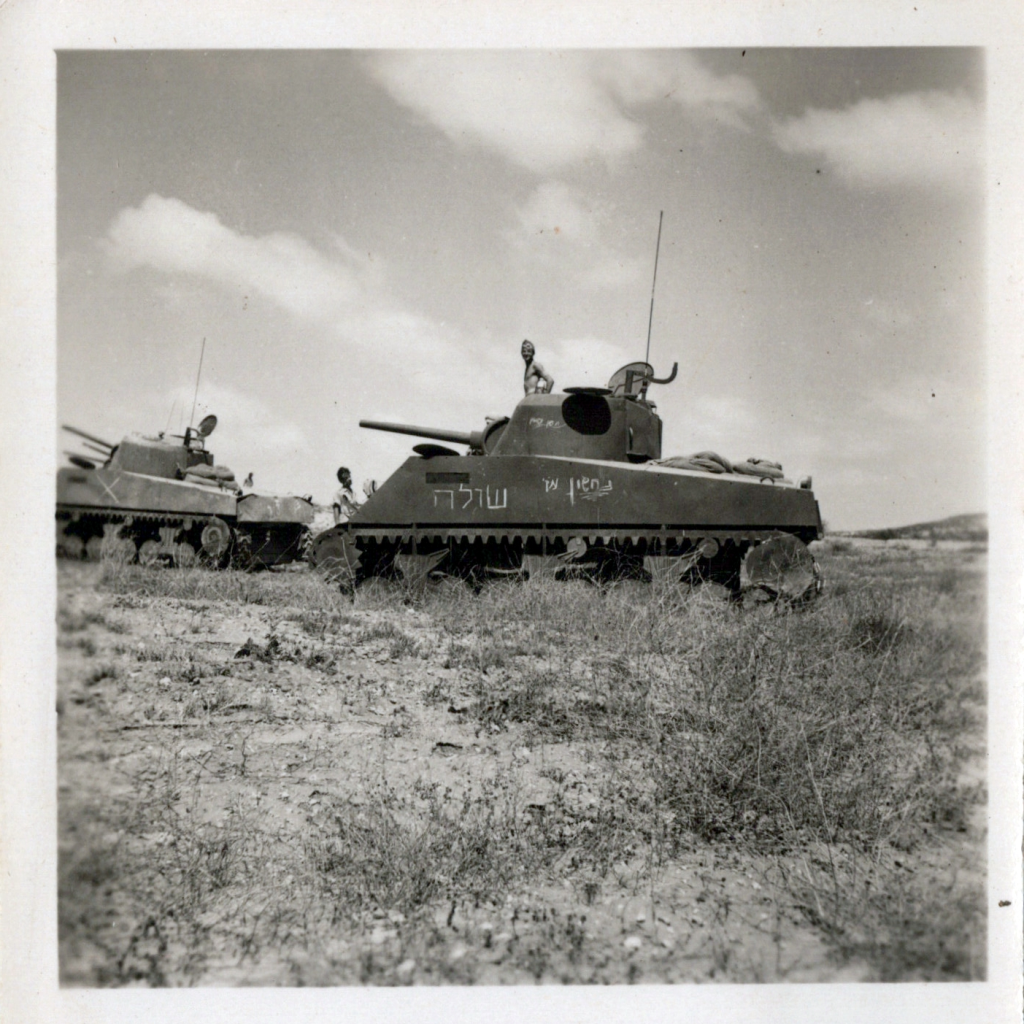
Markings
First of all, as I can see how this section will be particularly interesting for model makers. If you intend on making a model of one of these, please contact me via email at shiryonarchive@gmail.com and I would be more than happy to provide more photos not shown in the article, as well as give other details on the external look of every vehicle to the best of my knowledge.
As the H39s and all other tanks used by Israel during the Independence War served under Battalion 82, they followed Battalion 82’s tactical number convention. While in some companies four digit numbers were sometimes utilized, due to the small nature of the tank companies, only three digits were needed. The first signified the company, the second digit signified the platoon, and the third digit the number of the tank within the platoon.
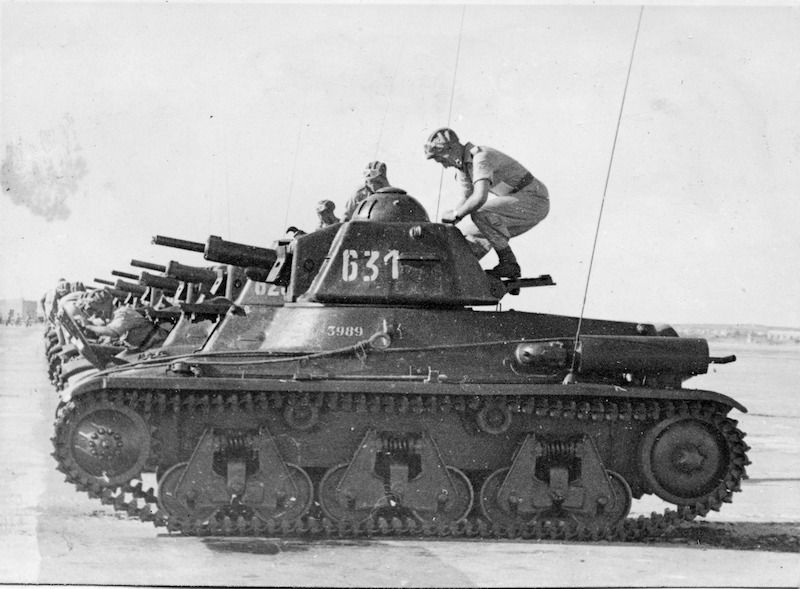
H39 with the tactical number 631 (IDF number 3989), for example, would be of the sixth company (Vav), the third platoon, and the first tank within the platoon, meaning it was the platoon commanding tank. During the very early stages of their usage, the H39s received tactical markings that should belong to Company Alef, while they were in effect under Company Vav. Back then, the tactical number was drawn next to the iconic 1948 stripes and usually only on one side. While in service with Company Vav, the stripes were removed, the tactical numbers moved slightly forward on the turret sides, and were drawn on both sides of the turret. On both sides of the hull was always drawn a four-digit IDF number. Those drawn on the H39s were special due to the fact they lacked the iconic black rectangle and the Tzadik (צ) with a dash. Additionally, the positions of the IDF numbers were not standard and changed from tank to tank slightly, which is a very important detail when identifying the tanks in low-resolution photographs or when making a model.
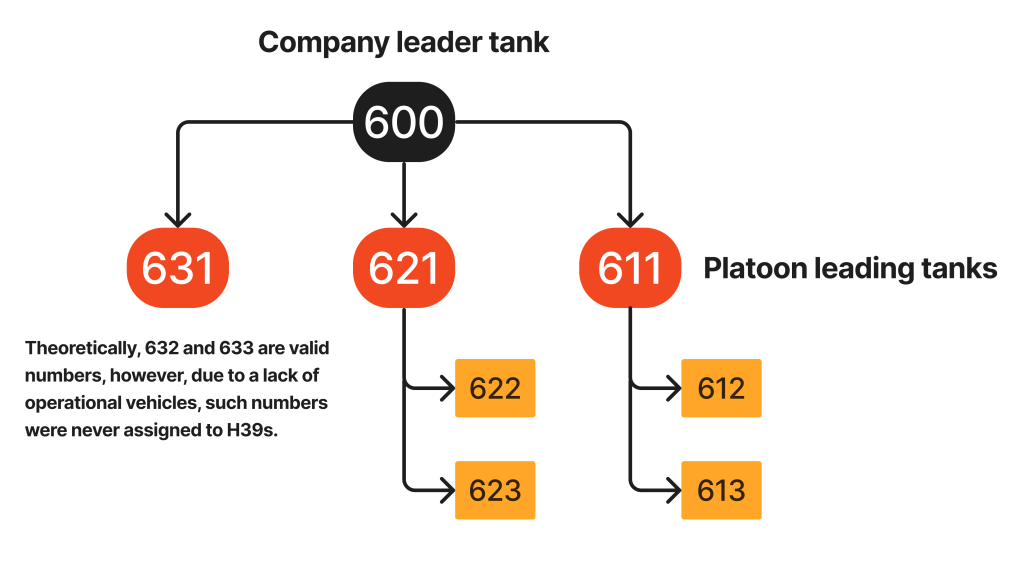
Both the tactical numbers and the IDF numbers were drawn in white. While I sadly don’t know exactly which color the tanks themselves used, as color photographs of them do not exist with their original paint and none of the sources I’ve read care to mention, I do believe that they were either painted in a dark olive drab color, such as that which was left over by the British, or a more sandy yellow as we see on Shermans in 1949.
Also, while not a marking, it is worth mentioning that out of the eight H39s I have seen in photos, five were ex-German captured H39s, known in German service as the Panzerkampfwagen 38 H 735 (f), meaning they got the German copula which could open instead of the original French one, allowing not only for a slightly lower profile, but also for better visibility and accessibility for the commander.
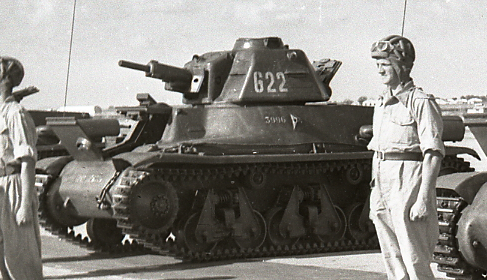
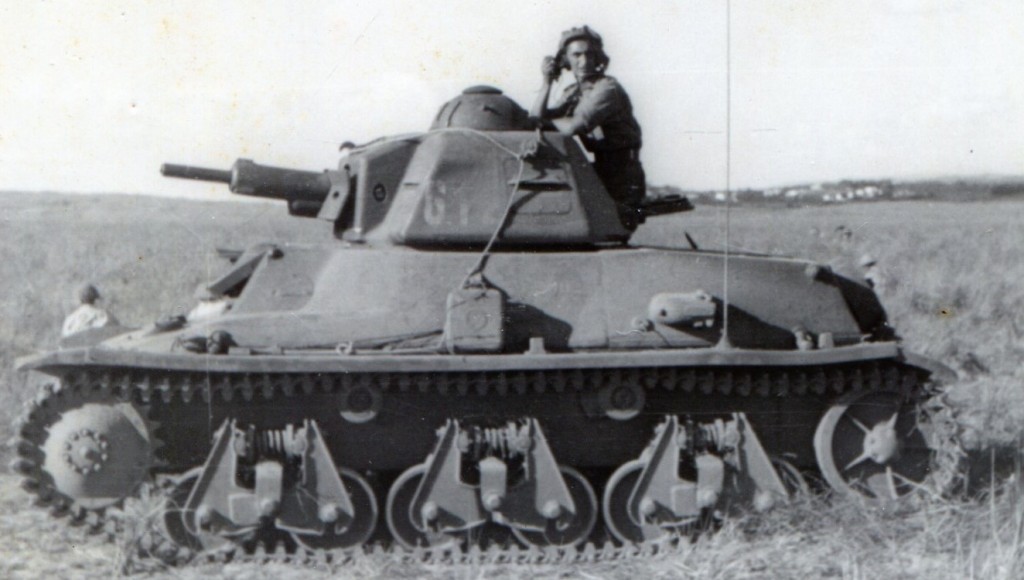
The survivor
Out of the ten tanks operated, only one survives to this day and it resides in the Yad la-Shiryon Museum. The first confirmed photo of this tank dates to the 15th of January, 1953, in which it is seen in Beit Dagan Base (a universal name for the base which was Brigade 8’s workshop, because after the war it changed names multiple times). In the photo it is seen in a horrible state. The surviving tank then keeps popping up in different places, now with a dummy gun.
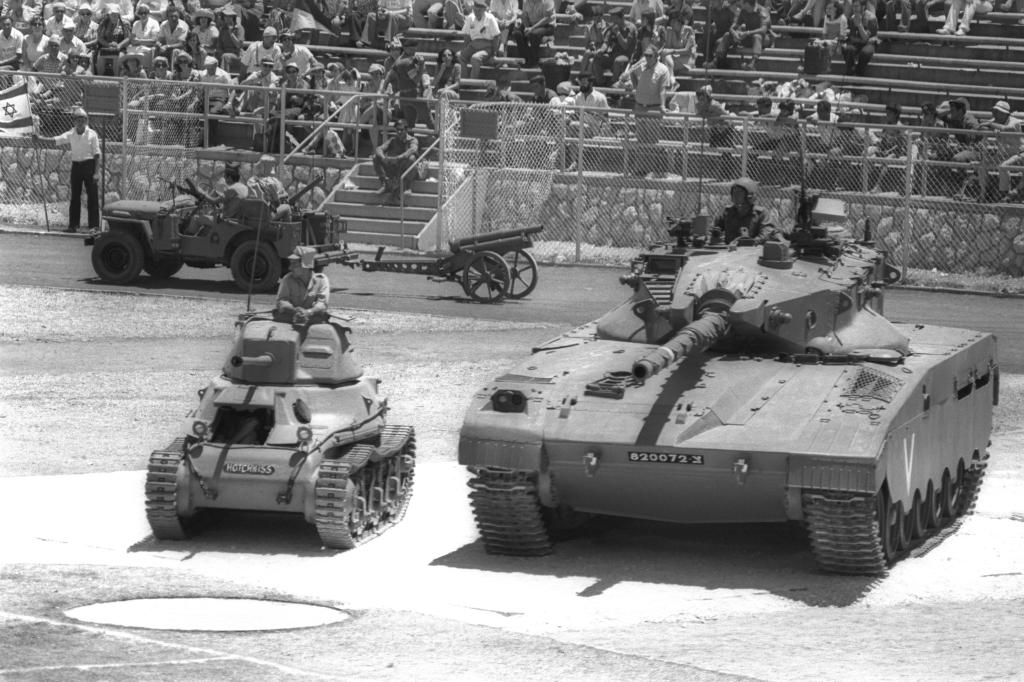
Over time it also got a new IDF number. Originally it got the number 82, which was probably a reference to Battalion 82, and later it got the number 121-462. In the IDF, the format of having a dash in the middle of the number is usually used in the artillery corps. The tank was used for small parades within Training Base 1, The Israeli School of Armor, alongside the Cromwell Mk. IIIhile I do know the Cromwell received the transmission of a half-track so it could keep running, I am not aware of any modifications done to the H39 to help it stay running. When the Yad la-Shriyon museum opened, they received the tank, which got a new dummy gun that more closely resembles the real SA38 cannon used on the H39s and later got a restoration with the help of Haim Shoor, a Rav Nagad (the highest rank a soldier can get without becoming an officer). There, it finally received a semi-accurate paint job. Sometimes the museum repaints it and switches between being painted as number 121 and number 611. However, neither of these can be the true markings of the tank. After months of research I believe the true markings that should be present on the tank is tactical number 600 and IDF number 3991
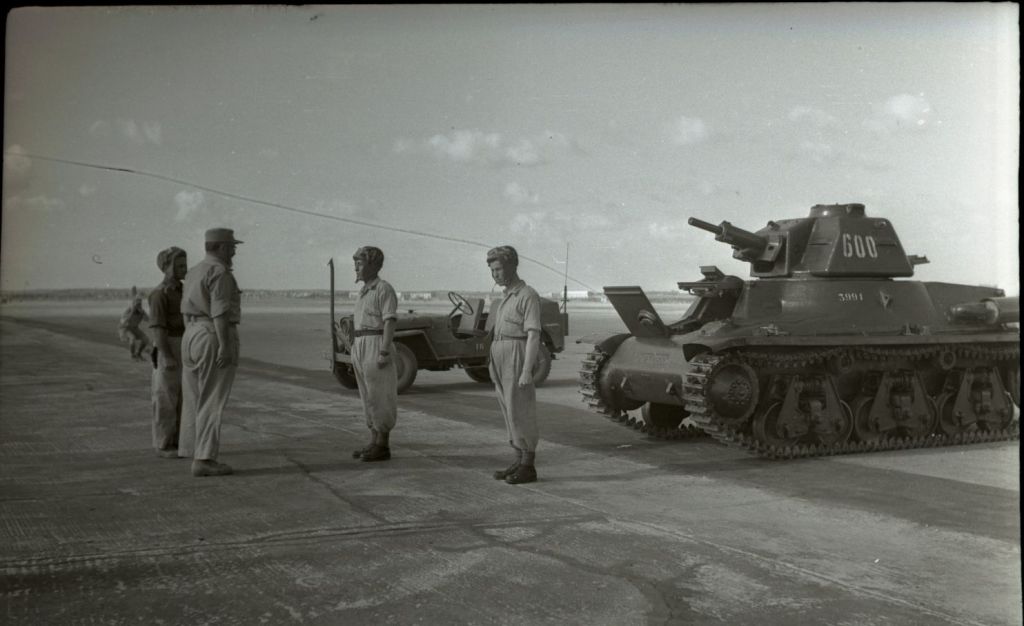
I have gotten to this conclusion after a long period of deduction and photo analysis. Firstly, the survivor tank is ex-German. This is something I believe was first noticed by historian Hillary Doyle when he visited the museum in 2000. That already eliminates 3 tanks. Then there’s the three digits lower front plate casting mark. Tanks 622 and 623 have a two digit mark, this leaves 600, 611, and 621 as the only possible options. It cannot be 611 because while it does have a hole in the rear plate, the hole does not seem to be caused by penetration. It is too small to be caused by a cannon, as the testimony of the tank commander of H39 number 611 says, and it lacks any kind of spalling so it couldn’t be from a PIAT, and while there is no exact detail that disqualifies ‘621’, there are a lot of very minor details which line up with ‘600’. Incredibly minor details like scratches on the hull, flat spots in the casting and other such details make it match closer to H39 number 600.
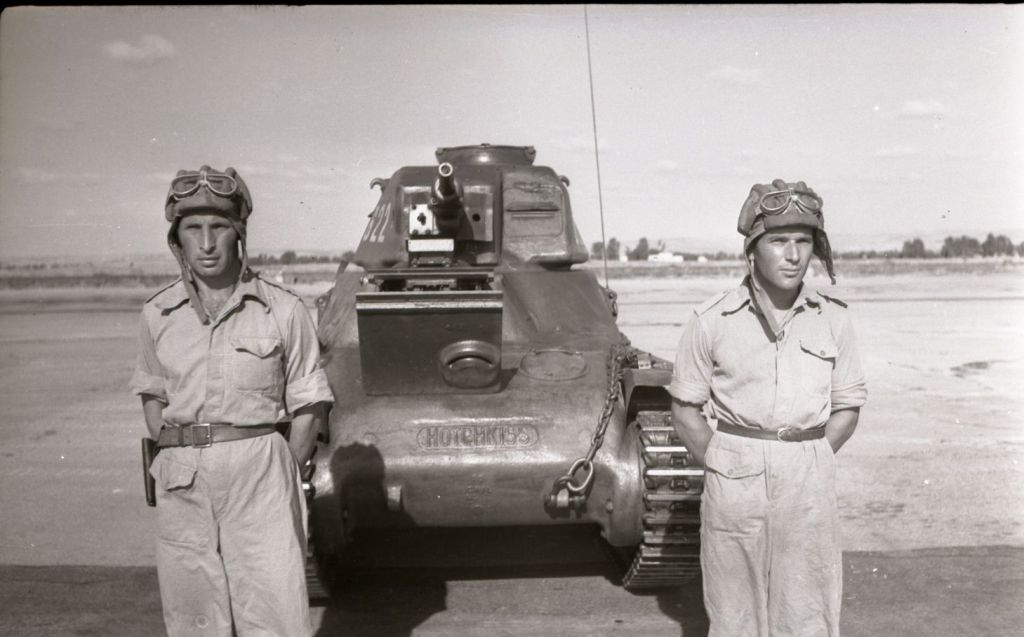
Myths
One large myth is that the Israeli H39s were re-armed to use the 2-pounder cannon. This myth originated from photos of the surviving H39 equipped with a dummy gun, which some people online misidentified as a real 2-pounder cannon.
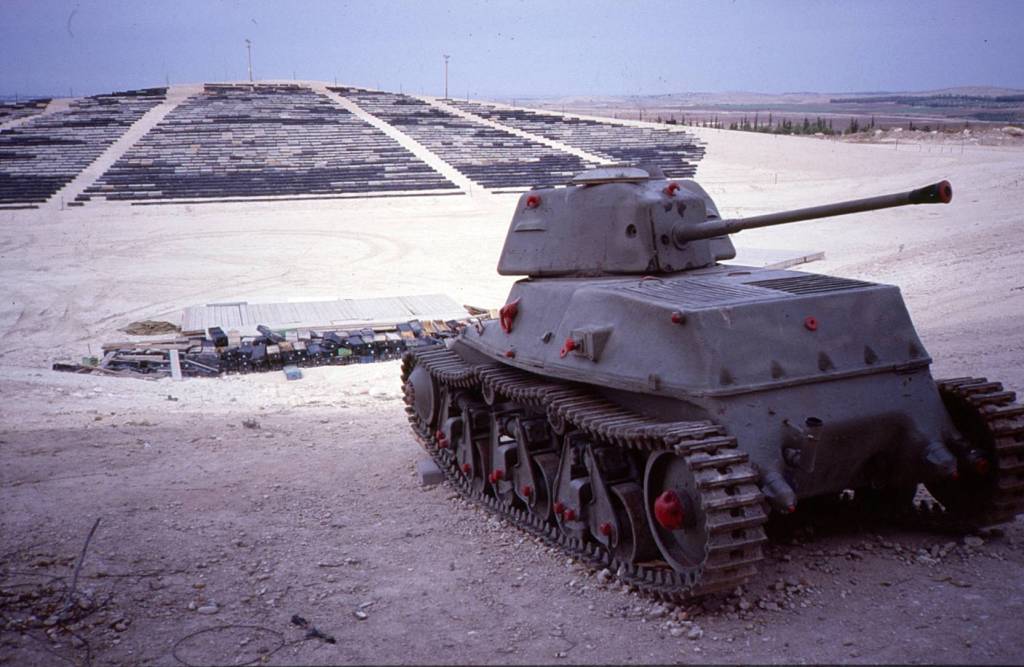
Many websites list Israel as operating ten H39s, however, as I explained in the article, Israel never operated all of the ten H39s purchased.
Some websites claim that Israel purchased and or captured H35s. This is a clear misunderstanding of Israel purchasing H39s and operating captured Syrian R35s.
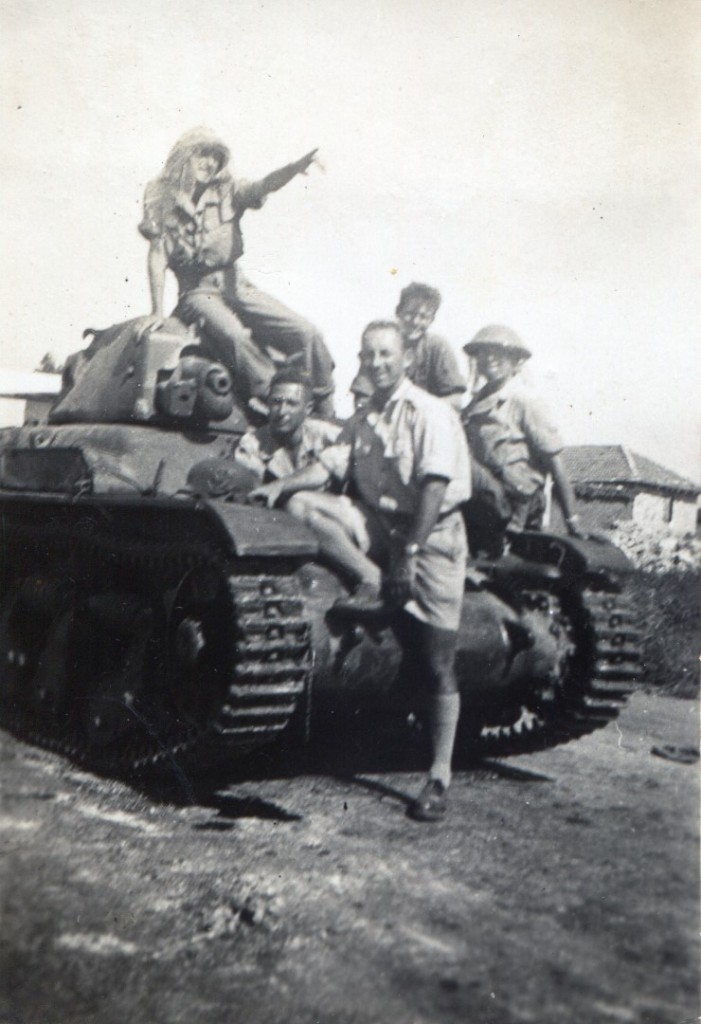
Finally, some claim that the surviving tank is number 611, but as I have explained in the section above, this is untrue.
Sources
- Origins of the Israeli Armoured Corps, 1st edition, Dr. Amiad Brezner R.I.P
- The Armor Craftsmen, Col. Moshe Givati
- Wild Broncos, Dr. Amiad Brezner R.I.P
- Yehoshua ‘Shayke’ Avni’s story, Jewish Fighter during WW2 museum
- Palyam website
- Mike Flangan’s story, Machal website
- Yad La-Shiryon article on H39s by historian Lt. Col. Michael Mass
- Photographic evidence
